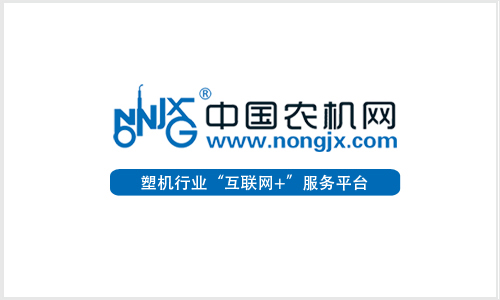Net produce bags are reusable bags made of mesh or netting material that are used to carry fruits, vegetables, and other produce. They are a sustainable alternative to single-use plastic bags and help reduce waste and environmental pollution.
Overall, net produce bags are versatile and eco-friendly, making them a great addition to any household.
Mesh Bags , Mesh Net Bags , Mesh Produce Bags, Net Bags, Poly Mesh Net Bags Net Produce Bags,Reusable Produce Bags,Reusable Mesh Produce Bag,Net Bags For Produce Suzhou Yitengjia Extruded Net Packaging Co., Ltd. , https://www.plasticnetbag.com
Net produce bags come in various sizes and shapes, and they can be used for different purposes. Here are some usage scenarios:
1. Grocery shopping: Net produce bags can be used to carry fruits and vegetables when shopping for groceries. They are lightweight and can be easily folded and stored in a purse or a backpack.
2. Storage: Net produce bags can be used to store fruits and vegetables in the refrigerator. The mesh material allows air to circulate, keeping the produce fresh for longer.
3. Farmers market: Net produce bags are perfect for carrying produce from the farmers market. They are durable and can hold a lot of produce, making it easy to carry everything in one bag.
4. Beach or picnic: Net produce bags can be used to carry snacks, sandwiches, and other food items for a day at the beach or a picnic. The mesh material allows sand or crumbs to fall through, keeping the food clean.
5. Laundry: Net produce bags can be used to wash delicate clothing items like lingerie or swimwear. The mesh material allows water and soap to circulate, while protecting the clothing from damage.
Mesh Bags, Mesh Produce Bags, Net Bags, Wine Bottle Net Cover Mesh Bag Sand Toys, Mesh Bags, Mesh Produce Bags, Net Bag, Net Bags
Modern technology makes agricultural machinery more accurate
[ China Agricultural Machinery Industry News ] Agricultural outlets are modernized, and the key to agricultural modernization is technological advancement. In 2016, the rate of agricultural mechanization, the utilization rate of agricultural water, the processing rate of agricultural products, and the level of agricultural informatization have all improved, and modern technology is accelerating the introduction of agriculture.
Modern technology makes agricultural machinery more popular
It is understood that in 2016, the comprehensive mechanization rate of China's major crop cultivation and harvesting exceeded 65%, and the situation dominated by mechanical operations is more obvious. In 2016, the development of agricultural mechanization showed the characteristics of growth in agricultural machinery scale, optimization of structure, and breakthrough in weak links. The total power of agricultural machinery is expected to reach 1.144 billion kilowatts, a year-on-year increase of 2.4%; the growth of large and medium-sized trailers, combine harvesters, rice transplanters and dryers with large market demand and large supply gap will reach 7.4%, 8.2%, 6.0% and 19.5%, much higher than the growth rate of ordinary agricultural machinery, the straw processing, plant protection and drying capacity of the main producing areas are obviously enhanced; the mechanization rate of rice cultivation and the weak links of corn, rapeseed, potato and cotton harvesting are more than 3 percentage points, agriculture Mechanization is moving towards comprehensive, full-scale, high-quality and development.
The level of agricultural informatization has increased significantly and has become an "accelerator" for agricultural development. According to statistics, in 2016, the pilot program of information entering the village expanded to 116 counties in 26 provinces, and the number of AgroSciences reached 24,000. The total number of public welfare services provided by farmers and new agricultural operators was 6.3 million, and the convenience service was 110 million. The number of visits has become an important window for farmers to connect to the market and understand information. The number of agricultural Internet of Things pilot demonstration provinces reached 8, and 426 technologies, products and application models such as agricultural machinery operations, automatic monitoring and control of greenhouse environment, and intelligent management of water and fertilizers were introduced, and intelligent agriculture and smart agriculture accelerated development. Satellite remote sensing was used to monitor the planting area, growth and yield of crops such as grain, cotton, oil and sugar, and the soil moisture was regularly measured and reported, and the support capacity of information technology was significantly enhanced.